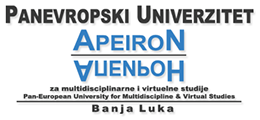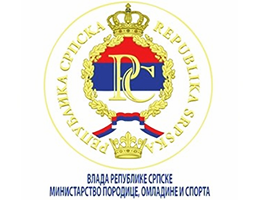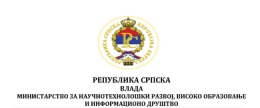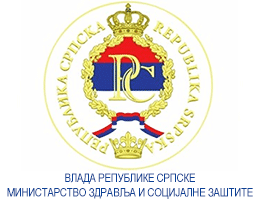Maximal Oxigen Consumption For Different Groups Of Athletes
Volume 1, Issue 1 (2011)
On the sample of the 45 subjects, male, 15 football players of FK Cukaricki Stankom from Belgrade, 15 kayakers KK Ivo Lola Ribar from Belgrade, and 15 judoka JK Olimp from Belgrade, age 19-25 years, was carried out measuring the maximal oxygen consumption and heart rate in the load using the direct method Concony's test on the treadmill.
Using univarijate analysis of variance it was determined that there is a statistically signifi cant difference between these groups of attlletes in the variable VO2 max by t-test for two independent groups revealeda statistically signifi cant difference between kayakers and football players in the variable VO2 max in favor of kayakers, between football players and judoka in a favor of football players , and kayakers and judoka in a favor of kayakers. In the variable heart rate loading, statistically signifi cant differences were observed.
- Al-Hazzaa, H.M., Almuzaini, K.S., Al-Refaee, S.A., Sulaiman, M.A., Dafterdar, M.Y., Al-Ghamedi, A. et. al. (2001). Aerobic and anaerobic power characteristics of Saudi elite soccer players. Journal Sports Medicine Physical Fitness; 41 (1), 54-61.
- Aziz, A.R., Chia, M., Teh, K.C. (2000). The relationship between maximal oxygen uptake and repeated sprint performance indices in field hockey and soccer players. Journal Sports Medicine Physical Fitness, 40 (3), 195-200.
- Bowers, R.W., Fox, E.L. (1988). Sports Physiology. 3rd. ed. Boston: McGraw-Hill.
- Casajus, J.A. (2001). Seasonal variation in fitness variables in professional soccer players. Journal Sports Medicine Physical Fitness, 41 (4), 463-469.
- Grujić, N. (1985). Određivanje energetskog kapaciteta čoveka i njegove promjene pod uticajem hroničnog opterećenja. Doktorska disertacija. Novi Sad: Medicinski fakultet.
- Helgerud, J., Engen, L.C., Wisloffm U., Hoff, J. (2001). Aerobic endurance training improves soccer performance. Medicine Science Sports Exerciries, 33 (11), 1925-1931.
- Ponorac, N., Matavulj, A., Grujić, N., Rajkovača, Z. i Kovačević, P. (2005). Maksimalna potrošnja kiseonika (VO2 max) kao pokazatelj fizičke sposobnosti sportiste Acta Medica Medianae, 44 (4), 17–20.
- Pripstein, L.P., Rhodes, E.C., McKenzie, D.C., Coutts, K.D. (1999). Aerobic and anaerobic energy during a 2-km race simulation in female rowers. Europe Journal Apploud Physiology Occup Physiology, 79 (6), 491-494.
- Wilmore, H.J., Costill, L.D. (1999). Physiology of sport and exercise. 2nd ed. Champaign IL: Human Kinetics.
- Wisloff, U., Helgerud, J., Hoff, J. (1998). Strength and endurance of elite soccer players. Medicine Science Sports Execiries, 30 (3), 462-467.
- Živanić, S., Životić-Vanović, M., Malićević, S., Mijić, R., Ostojić, S., Bogdnović, S. (2003). Morfo-funkcionalne karakteristike prvoligaških fudbalera u SCG. U Zborniku sažetaka „Prvi srpski kongres sportskih nauka i medicine sporta“ (str. 23-32) Beograd: Medicinski fakultet.
- Živanić, S., Životić-Vanović, M., Mijić, R., Dragojević, R. (1999). Aerobna sposobnost i njena procena Astrandovim testom opterećenja na bicikl-ergometru. Beograd; Udruženje za medicinu sporta Srbije.






